Primary Chemical Name is the standard name assigned to a chemical substance. The use of SAP allowed the Rely tampon to absorb an entire menstrual flow, encouraging women to use the product for a prolonged period without replacement. So by design, a landfill contains very little air or moisture, two components necessary for biodegradation to occur. Box Cincinnati OH With words like dye, disperse dye, pigments, colorants, and inks floating around depending on which diaper you are reviewing it became difficult to understand. Structure such as solid, liquid, aerosol etc. Designed to help skin stay dry and healthy, Pampers Pure Protection diapers lock wetness away from skin for up to 12 hours for outstanding leakage protection with skin-loving care. In disposable diapers, chlorine is used as a bleach to whiten diaper material. As a result, the use of SAP in tampons was discontinued. If you notice a gel-like material on your baby's skin, don't be alarmed. Perfume fragrances are sometimes used in disposable diapers, presumably to mask poop's distinctive stench. As waste is added to the landfill, dirt is placed in layers on top of it to ensure it stays dry and has limited contact with air. If the Green Guides that require a diaper to decompose into natural elements within a year of customary disposal are followed, then we feel that all claims of biodegradability concerning disposable diapers, or their components, is deceptive marketing. There are Swaddlers and Pure and Overnights. This photo shows the same brand diaper Bambo , cut in half to reveal the absorbent core, when dry top and when wet after an overnight wetting below.
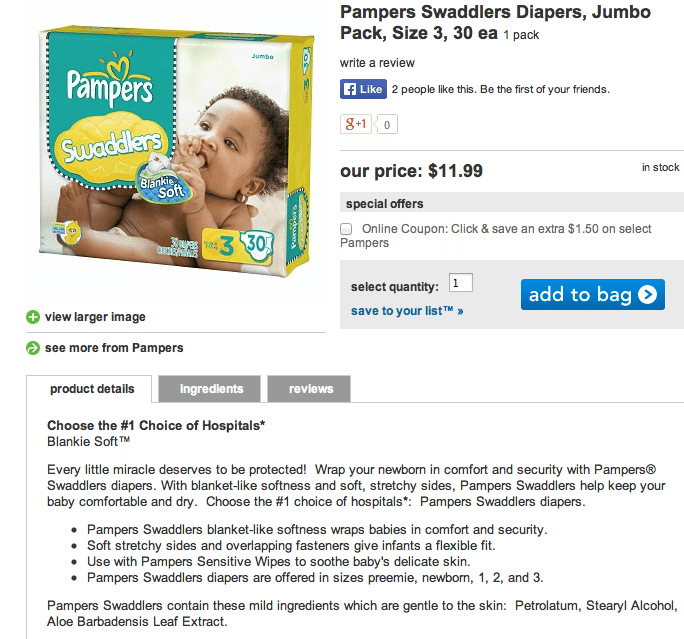
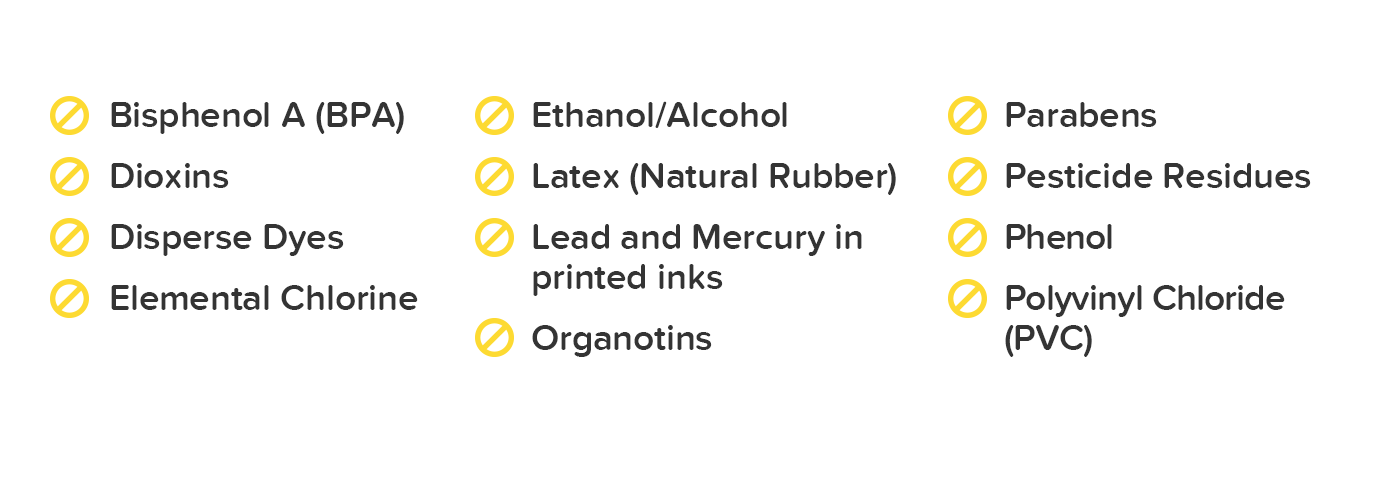
But we can't help but feel it is a step in the right direction. What one manufacturer calls a pigment, might be called a colorant by another. If your baby has a reaction to a particular diaper, which claims to be dye free, we suggest you try a different brand just in case the original diaper did use an additive but calls it pigments. To avoid risk of choking on plastic, padding, or other materials, do not allow your child to tear the diaper, or handle any loose pieces of the diaper. Pampers Baby Dry Diapers Size 3, lbs Products in this Consumer Product Information Database CPID are classified based on their composition: Substances: single chemicals Preparations: products which contain chemicals that can be easily separated during normal use Articles: products or product assemblies that do not contain chemicals that can be separated out from the product or assembly under normal or advertised use. And, like avoiding chlorine in diapers, avoiding perfume in diapers is easy and painless. Did you know that human feces aka.
Review this article:
On the whole, we're left to conclude, somewhat anxiously , that the body of evidence or lack thereof suggests that SAP appears to be safe. More information. Green Diapers vs. Designed to help skin stay dry and healthy, Pampers Pure Protection diapers lock wetness away from skin for up to 12 hours for outstanding leakage protection with skin-loving care. Your baby is going to spend a lot of time in diapers so it makes sense to consider the materials they are made of. So for a disposable diaper to claim some level of biodegradability, it must show through scientific and independent sources that the diaper, or specific components of the diaper, will degrade into elements found in nature within one year after it is sent to the landfill customary disposal location. Since this is a work in progress, GHS classifications may not be shown for all chemical ingredients. Skip To Content. While biodegradability marketing may be deceptive misleading consumers to believe the product will degrade quickly in a landfill when in practice it doesn't , we feel the overall result is still a step in the right direction and indicates a company that is trying to create a better product for the environment. Want more info? However, before you assume it doesn't matter, the bleaching process of diapers does create dioxins that end up in the environment and eventually find their way into our food supply chain. We think the use of biodegradable materials or the claims of biodegradability of a disposable diaper is relevant.
Pampers Pure Diapers Review – Also Mom
- And if you stand in the diaper aisle for long enough, it might seem like you could choose a different diaper for each of those changes.
- Based on the research compiled above, we recommend you choose a diaper with the following characteristics:.
- Phthalate sources are not limited to some diaper liners, but are in a broad range of "plastic products such as children's toys, lubricants, infant care products, chemical stabilizers in cosmetics, personal care products, and polyvinyl chloride tubing.
This article is part of our review of The Best Disposable Diapers. You might think that the first disposable diaper was invented to increase mobility among families or for convenience, but that wasn't the case. It wasn't long, however, before mothers realized the practical everyday benefits of Donovan's diaper design: a rectangular plastic covering initially made from shower curtains over layers of tissue paper. Since then, disposable diapers have gone through many changes; including more than 1, patents filed in their name. Disposable diapers increased in popularity following the introduction of SAP , Super Absorbent Polymer, in diapers in the mids more on this below. Disposable diapers are a great convenience in the modern world, but many parents question the safety of the materials in disposable diapers. Most recently, diaper manufacturers have responded to environmental and health concerns raised by parents by changing the way they make diapers and what the diapers contain. There is a trend toward greener and more biodegradable disposable diapers, which we view as a step in the right direction. However, we're not out of the woods yet and depending on which brand of diaper you choose, the risks and impact can vary. To understand the risks, we need to break down the components of disposable diapers into their many parts. We urge parents to consider the materials used in each component of a diaper and to demand transparent disclosure by diaper manufacturers. A summary of the essential diaper components is below. Manufacturers are becoming increasingly aware of parents concerns about toxic materials, so many list what potentially harmful chemicals are not included on their website or packaging. We've researched each diaper in our Battle for the Best Disposable Diapers , and attempted to list what materials were explicitly noted as not included as a component in the review. Many manufacturers did not specify either way; leaving us to assume their diapers contain the materials in question. Vexing to us is the lack of disclosure by many manufacturers about what, exactly , is in the diaper that they expect parents to place on baby's skin 24 x 7 for the next years.
Skip To Content. Add to cart. Nearby stores View store map. Description Your search for pure protection that works is over! Designed to help skin stay dry and healthy, Pampers Pure Protection diapers lock wetness away from skin for up to 12 hours for outstanding leakage protection with skin-loving care. Plus, our designer, boutique prints make Pampers Pure just ingredients in pampers diapers precious as they are protecting.

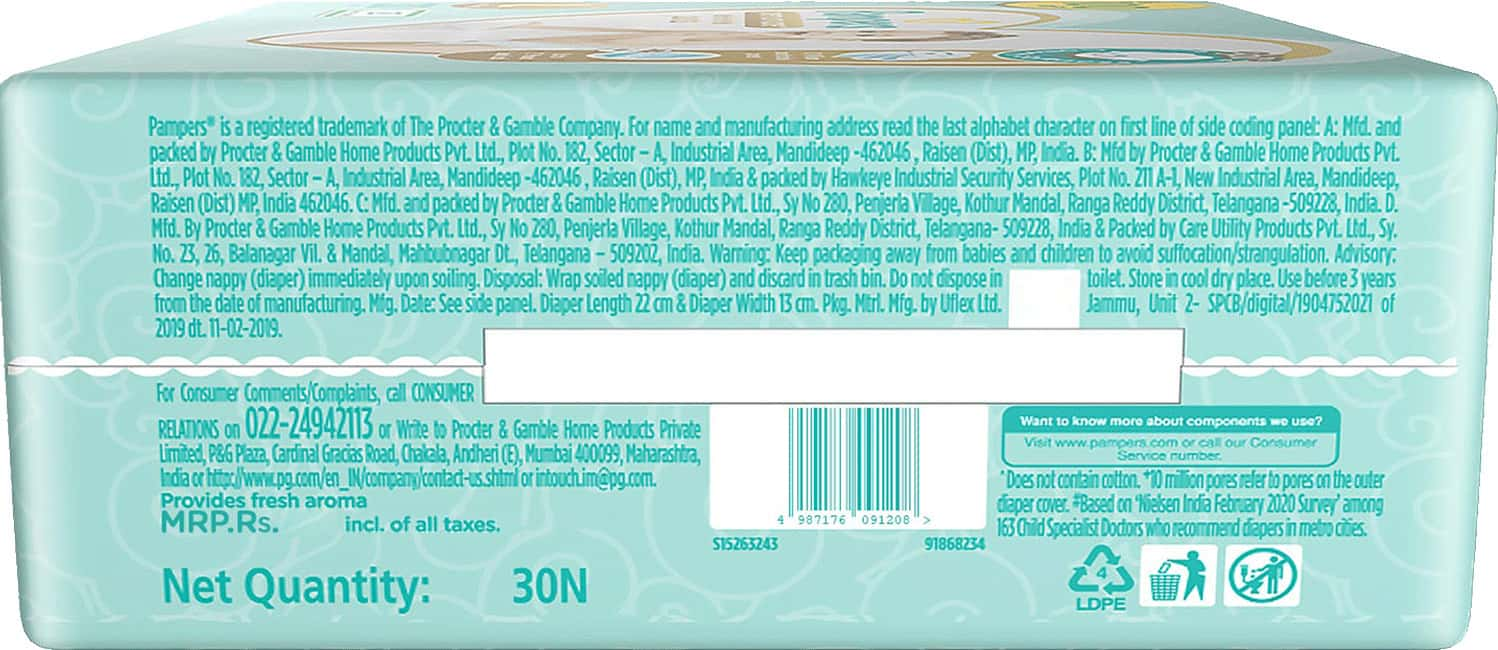

Ingredients in pampers diapers. Pampers Pure Diapers Review
Products in this Consumer Product Information Database CPID are classified based on their composition: Substances: single chemicals Preparations: products which contain chemicals that can be easily separated during normal use Articles: products or product assemblies that do not contain chemicals that can be separated out from the product or assembly under normal or advertised use. The GHS is a system for standardizing and harmonizing the classification and labelling of chemicals. Chemicals are ingredients in pampers diapers with codes that define their health, physical and environmental hazards. This universal hazard communication system was developed to ensure that employers, employees and consumers are provided with adequate, ingredients in pampers diapers, practical, reliable and comprehensible information on the hazards of chemicals, so that they can take effective preventive and protective measure for their own health and safety. The GHS classifications for chemicals associated with products in this database may be viewed by selecting the "Advanced" button on the Chemical Ingredients tables. Since this is a work in progress, ingredients in pampers diapers, GHS classifications may not be shown for all chemical ingredients. Chemical Abstracts Scratch 6181076 Puzzle dla dzieci Registry Number is a unique identifier for a chemical and its synonyms. CAS numbers identify the chemical, but not its concentration or specific mixture. For more information: www. There are 4 categories of Hazard Codes:.
Super Absorbent Polymer (SAP)
Babies go through over 2, diaper changes in the first year. And if you stand in the diaper aisle for long enough, it might seem like you could choose a different diaper for each of those changes. There are Swaddlers and Pure and Overnights. How are you supposed to know which one your baby needs in this moment?
Babies go through over 2, diaper changes in the first year. Green Diapers ingredients in pampers diapers. Given that any feces is toxic, and should not go into a landfill, then the same rinsing should happen with disposable diapers.
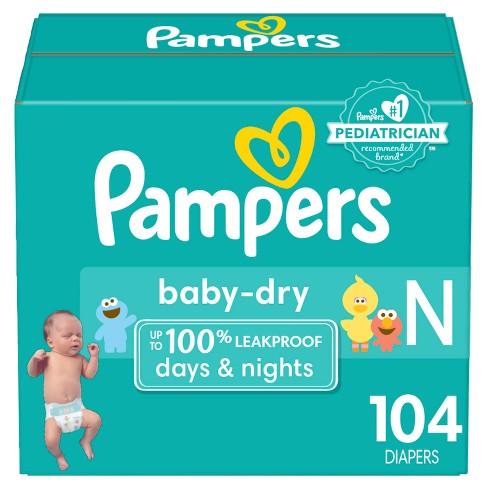
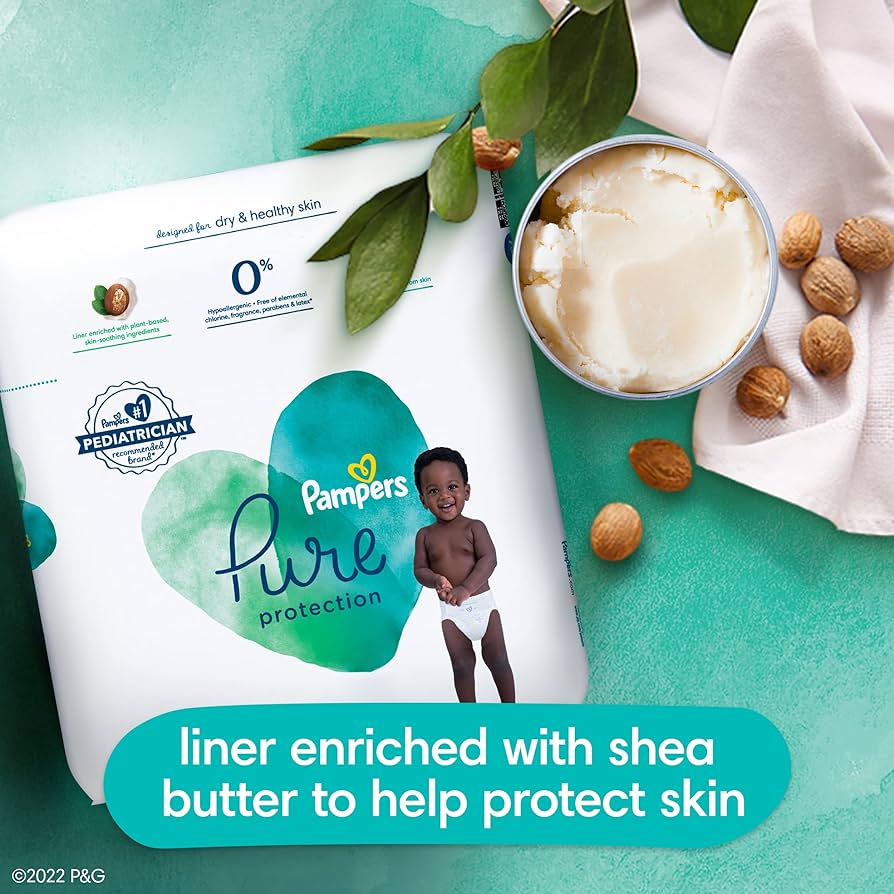
Newborn Diapers: Pampers Swaddlers for Babies with Sensitive Skin
On your place I would ask the help for users of this forum.
I apologise, but, in my opinion, you are mistaken. Write to me in PM, we will discuss.
I understand this question. I invite to discussion.